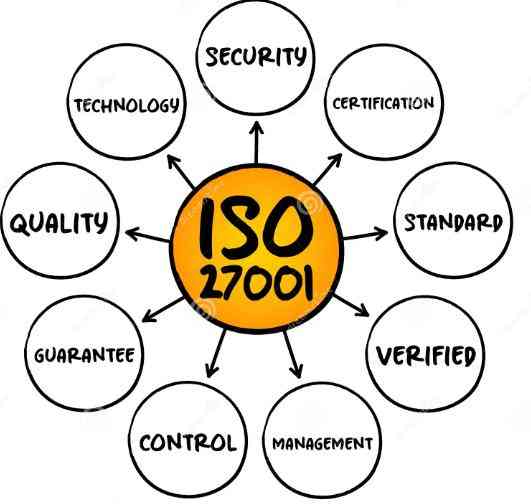|
Ref. No.: lSO/R 9 - 1W (E)
IS0
INTERNATIONAL ORGANIZATION FOR STANDARDIZATION
IS0 RECOMMENDATION
R9
INTERNATIONAL SYSTEM
FOR THE TRANSLITERATION OF CYRlLLlC CHARACTERS
lS' EDITION
October 1955
COPYRIGHT RESERVED
The copyright of IS0 Recommendations and IS0 Standards
belongs to IS0 &leniber Bodies. Reproduction of thew
documents, in any country, may be authorized therefore only
by the national staitdards organization of that country, being
a member of ISO.
For each individual country the only valid standard is tbc national standard of that country.
Printed in Switzerland
Copies to be obtained through the national standards organizations.
Also issiicd in French and Russian.
---------------------- Page: 1 ----------------------
BRIEF HISTORY
Recommendation IS0 /K 9 “International System for the Transliteration
of Cyrillic Characters” was prepared by Technical Committee IS0 /TC 46-
Documentation, the Secretariat of which is held by the Nederlands Instituut
voor Documentatie en Registratuur (N. I.D.E.R.) on behalf of the Hoofdcom-
missie voor de Normalisatie in Nederland (H.C.N.N.).
1947 by
The ‘lechnical Committee began the study of this question in
work of the former International Federation of the National
resuming the
Standardizing Associations (ISA). A draft proposal drawn up by the ISA in
1939 was discussed at the first meeting of IS0 /TC 46 held at the Hague in June,
1948. A second proposal submitted by the United Kingdom Member Body
was examined at the second plenary meeting (Ascona, April 1950), and adopted
by the Technical Committee as a Draft IS0 Recommendation.
This Draft IS0 IXecomrnendation was submitted to all the IS0
Member Bodies in February, 1951 ; it did not, however, meet with the approval
of the majority of Member Bodies.
A proposal for a second Draft IS0 Recommendation was discussed at the
iourth plenary meeting of IS0 /TC 46 (Copenhagen, 1952) and adopted by the
Technical Committee.
This second Draft Recommendation was circulated to all the IS0 Member
Bodies in March, 1953, and was approved by the following 20 out of 34 Member
Bodies:
Austria Israel Portugal
Chile Italy United Kingdom
Denmark Mexico Spain
France Netherlands Sweden
Germany New Zealand Switzerland
Hungary Pakistan Yugoslavia
Ireland Poland
Taking into consideration the observations submitted by various Member
Bodies, the Secretariat made a few modifications to the text of the Draft.
._
At its fifth plenary meeting (Brussels, June 1954), the Technical Committee
decided to complete the Draft by adding an “Introductory note on the general
principles of transliteration” (see page 4 of the Recommendation).
lhe revised text, completed by the introductory note, was examined by
the IS0 Council at its meeting held in Geneva in September, 1954. The Council
decided to accept this text as an IS0 RECOMMENDATION, subject to the
addition of a note concerning the utilization of characters No. 5, 14, and 41
(Resolution Xo. 12, Council 1954). The detailed explanations asked for by
the IS0 Council are given in notes 1 and 3 at the bottom of page 6, and in note 5
at the bottom of page 7.
-3-
---------------------- Page: 2 ----------------------
INTRODUCTORY NOTE
ON THE
GENERAL PRINCIPLES OF TRANSLITERATION
The principles outlined l~clow have served as a guide to Technical Com-
lSO/TC 46 in the preparation of this Recommendation.
mittee
Transliteration is the operation of representing the characters or signs of
any one alphabet by those of any other, but this note refers only to trans-
literation of non-1,atin alphabets into the Latin alphabet.') The sole purpose
of transliteration, used chiefly for hibliographical and library work, is to enable
texts in non-L,atin alphabets to Iic reproduced by typewriters or other devices
possessing only J,atin characters, possibly with just the barely essential supple-
mentary signs (diacriticals, etc.) added.
It is a question of representing characters or signs, not sounds-and this
is what distinguishes translitera lion from transcription-a matter of represent-
ing characters as they are written, rather than according to their phonetic or
etymological values.
'Transliteration can, ancl should, be automatic, so that it can be done by
of the original; and it should be possible
anyone able to identify
...














